
Is AI use in college helpful or harmful to students?
The use of artificial intelligence (AI) is becoming increasingly widespread throughout the education system, but there are mixed attitudes about whether or not it’s actually

The use of artificial intelligence (AI) is becoming increasingly widespread throughout the education system, but there are mixed attitudes about whether or not it’s actually

In the bustling world of technology and structured education, the value of imagination often takes a backseat. However, fostering a child’s imagination is not just

If you’re used to being self-critical, it might be difficult for you to understand what being self-compassionate is like. Self-compassion is defined as treating yourself

When we think about healing, many of us focus only on our physical bodies. In reality, there is a great deal of research showing our

Children deserve to grow up happy, loved, and supported no matter their environment. According to an article on child development, various factors contribute to children’s
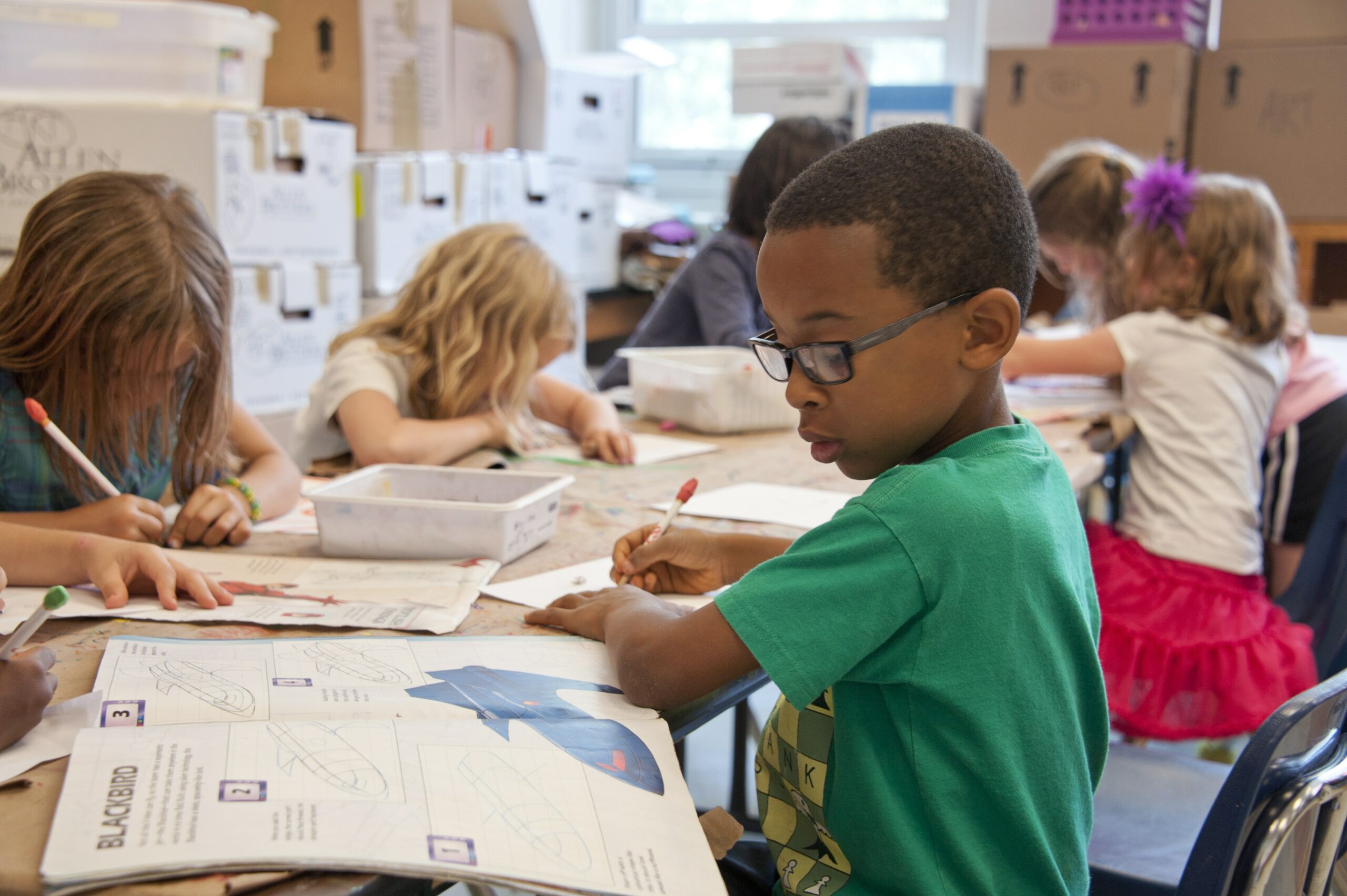
Every teacher wants their students to feel emotionally supported in their classroom–when a child feels emotionally stable, they can take in and learn information. The
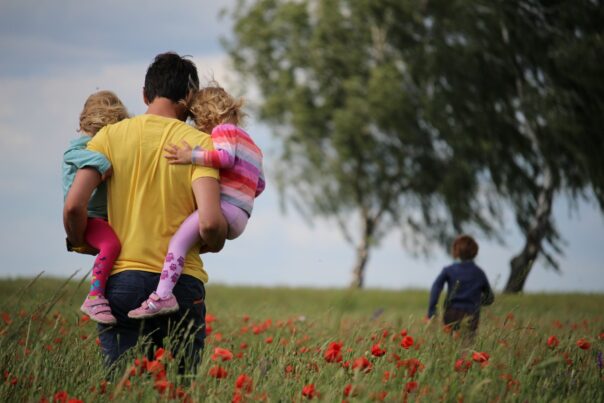
We often associate wellness with physical health. However, wellness is described by the Global Wellness Instituteas the “active pursuit of activities, choices, and lifestyles that
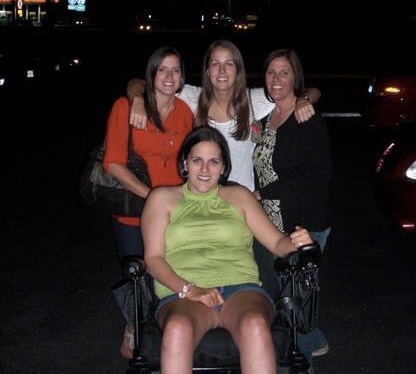
Written by Tara Imperatore Each year, millions of Americans face the reality of living with a mental illness. May is a time to raise awareness of

Is Your Child Stressed? Caught up in our own challenging day-to-day lives, we often assume our children live a relatively carefree life without stress. But
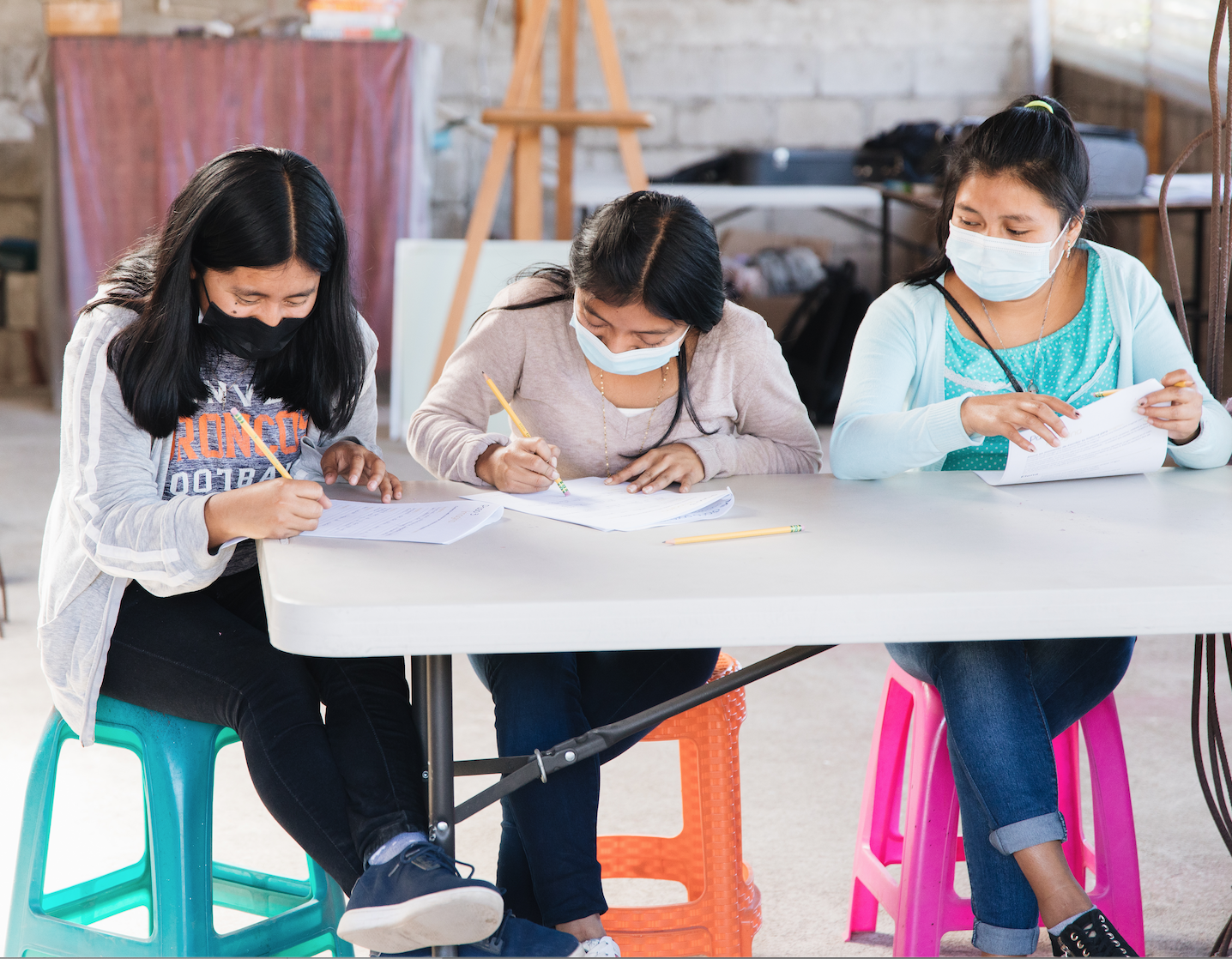
Mental health means having emotional, psychological, and social well-being; when we think, act, and feel from a balanced perspective the majority of the time. Having
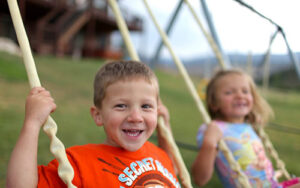

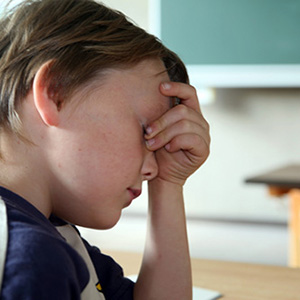
The Imagine Project, Inc. is a 501c3 organization, we appreciate your continued support helping ki

Join our community to get the latest tips, exclusive offers, and updates straight to your inbox. Don’t miss out—subscribe now and be the first to know!